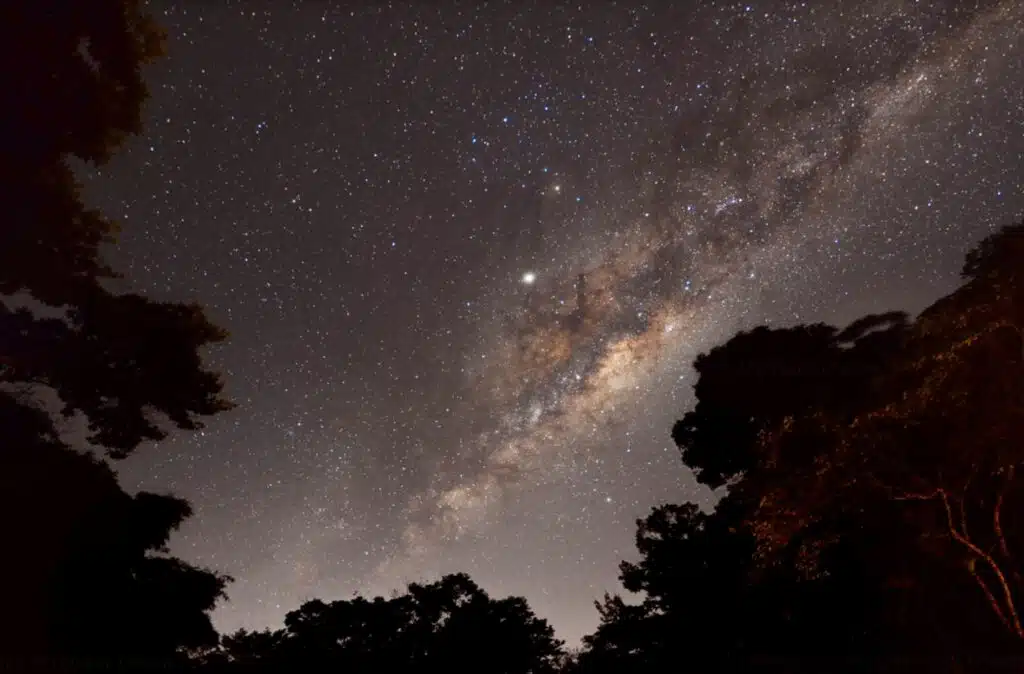NASA unveiling new space telescope more powerful than the James Webb aimed at providing a clearer understanding of the universe’s beginnings
- NASA unveiled a new telescope
- Its aim is to find out how the universe began
- It uses mirrors to uncover new points of interest in distant galaxies
Published on Feb 04, 2025 at 7:56 PM (UTC+4)
by Grace Donohoe
Last updated on Feb 05, 2025 at 9:52 AM (UTC+4)
Edited by
Amelia Jean Hershman-Jones
NASA has popped out with yet another groundbreaking new space telescope.
The new addition is set to be more powerful than the James Webb.
The new high-tech piece of kit is set to be able to provide scientists with a view of how the universe came to be – and the design is something else.
DISCOVER SBX CARS: The global premium car auction platform powered by Supercar Blondie
The NASA telescope
NASA’s new space telescope is set to give us a whole new view on how the universe started.
Named SPHEREx, it’s actually cheaper than the last telescope called ‘James Webb’.
The James Webb Telescope cost $10 billion when it launched in 2021, with this new exciting piece of kit costing a mere $488 million.

The telescope’s full name is ‘The Spectro-Photometer for the History of the Universe, Epoch of Reionization and Ices Explorer’ (SPHEREx).
It will be the first mission to come back having completed a spectral survey of space in all its glory.
Mirrors will help uncover new points of interest
It uses mirrors to capture the sky, capturing some 600 exposures of the sky in a day.
These images will then be surveyed every six months or so – ready for new exciting information to be uncovered.
Launching this year, it’s an orbiter that will complete a long two-year mission.
It will survey the sky in optical and near-infrared light which will solve big questions about the unknown.
The Milky Way will also be scanned for more features
Hundreds of millions of galaxies will be surveyed by SPHEREx and the Milky Way will get a healthy look in too.
The Milky Way will be searched high and low for essentials for life- both molecules of water and organic ones too.
It’s shaped like a megaphone, with the telescope providing maps of the whole sky.

And, elements that have sparked the expert’s interest can then be examined in finer detail, unveiling exciting new knowledge about the universe and its elements.
Despite all the excitement at the new exploration of galaxies far and wide, you will still have a few more weeks to wait.
It will set sail into the dark sky no earlier than February 27th.
So set your watches as the information set to be unveiled over the next couple of years, could be life-changing.





